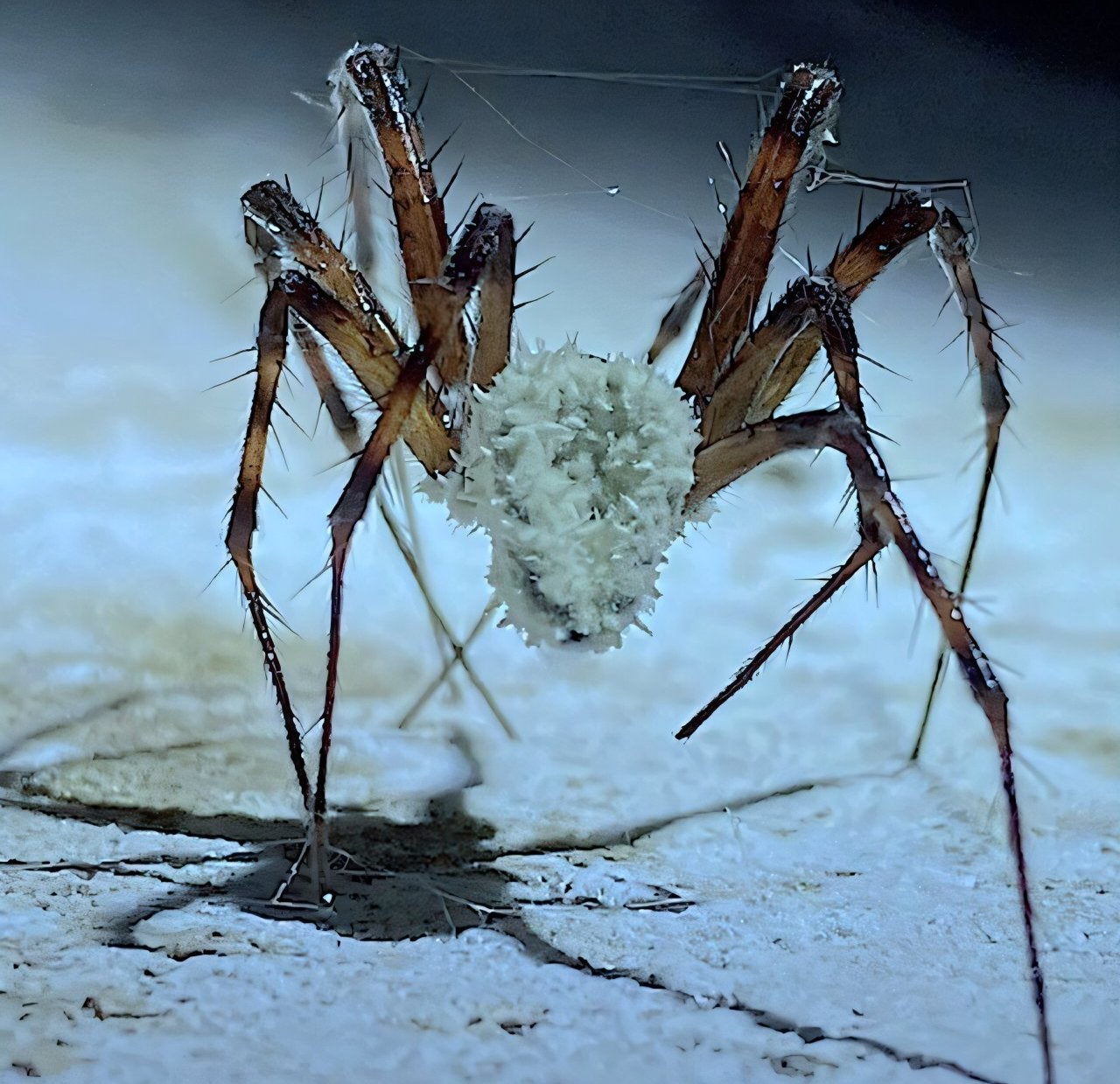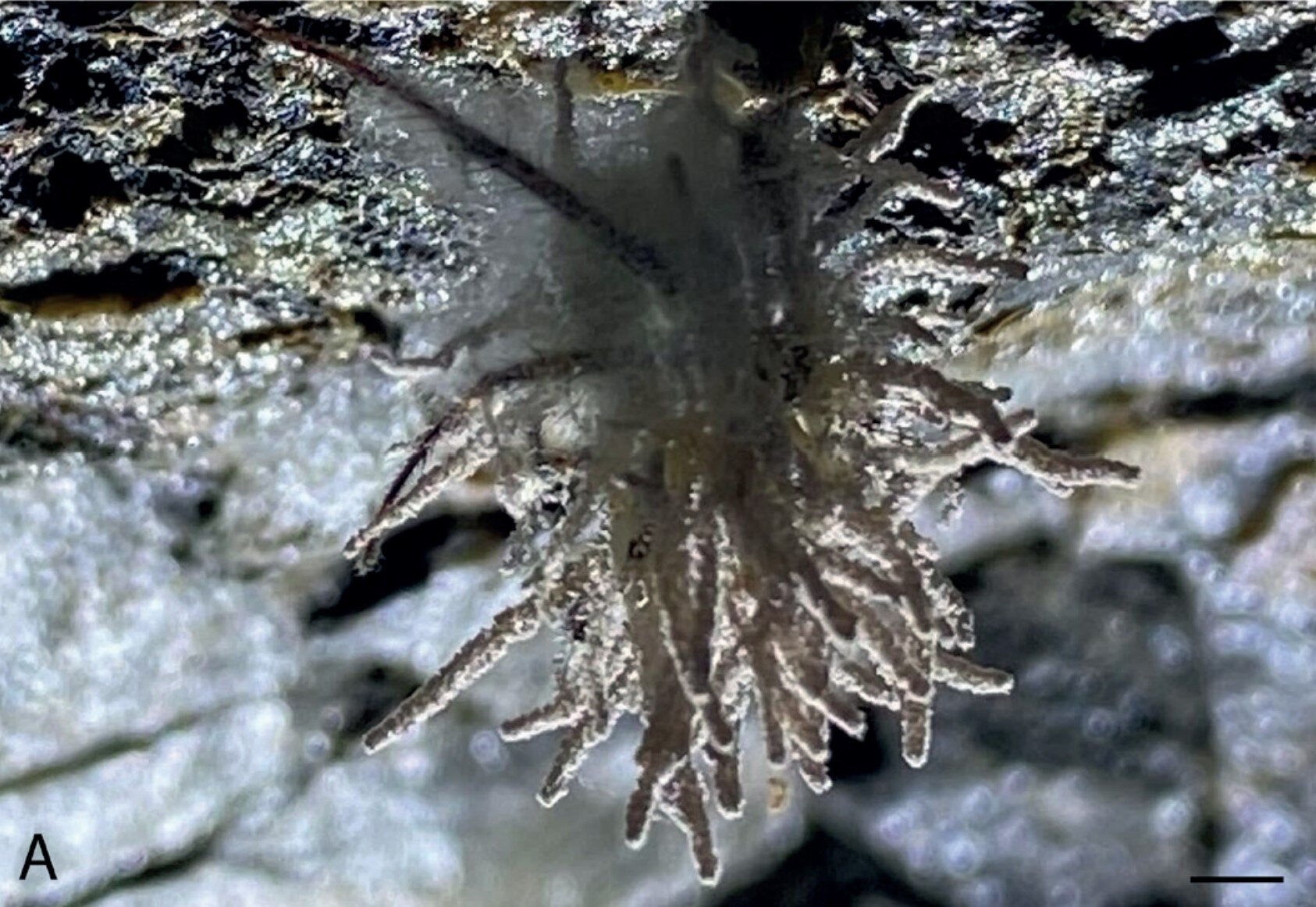Fungus named after David Attenborough turning Irish spiders into 'zombies’
Findings point to hidden diversity of this class of fungi in British Isles, researchers say
Your support helps us to tell the story
From reproductive rights to climate change to Big Tech, The Independent is on the ground when the story is developing. Whether it's investigating the financials of Elon Musk's pro-Trump PAC or producing our latest documentary, 'The A Word', which shines a light on the American women fighting for reproductive rights, we know how important it is to parse out the facts from the messaging.
At such a critical moment in US history, we need reporters on the ground. Your donation allows us to keep sending journalists to speak to both sides of the story.
The Independent is trusted by Americans across the entire political spectrum. And unlike many other quality news outlets, we choose not to lock Americans out of our reporting and analysis with paywalls. We believe quality journalism should be available to everyone, paid for by those who can afford it.
Your support makes all the difference.A fungus named in honour of Sir David Attenborough has been found infecting and manipulating spiders in a Northern Ireland cave turning them into The Last of Us-style “zombies”.
Researchers, including those from Kew, found that the fungi’s host is the orb-weaving cave spider, Metellina merianae, living in caves in Northern Ireland and the Republic of Ireland.
Infected spiders would hang on the roof or walls of the caves, leaving their lairs or webs and migrating to die in exposed situations, according to the study, published in the journal Fungal Systematics and Evolution.
An earlier specimen of infected spider was originally found on the ceiling of a gunpowder store.
“In all instances, the infected spiders had moved from their concealed lairs or webs and died exposed on the cave roof or wall and the store ceiling,” scientists wrote.

This behaviour mirrors the actions of Brazilian rainforest ants infected by the cordyceps fungi, which is featured in the post-apocalyptic TV series The Last of US.
A 2016 study provided the first evidence that fungus-infected spiders may also be changing their behaviour, moving from their characteristic concealed niches to die in elevated or freely-exposed situations, such as the undersides of leaves in tropical forests.
Now, the new study finds that cave spiders also alter their behaviour when infected by a particular fungus species, facilitating the release and dispersal of fungal spores.
“Infected spiders exhibit behavioural changes similar to those reported for zombie ants,” scientists write in the study.
The fungi, named Gibellula attenboroughii, manipulate hosts by producing behaviour-changing metabolites like dopamine, leading to the spiders favouring the dispersal of the fungal spores over their own lives.
“The fact that Gibellula-infected spiders are found in prominent positions on the roof or ceiling of their subterranean habitats indicates a behavioural change,” researchers explained.

This change, scientists say, appears caused by the fungus as the sporulating spider cadavers would be exposed to the air currents circulating through the caves “promoting the release and subsequent dispersal of the dry spores through the system”.
The latest findings as well as historical records point to a hidden diversity of fungi within the genus Gibellula in the British Isles with many more species waiting to be discovered.
They concluded that the role of the fungi in spider-population dynamics needs further research, “as does the metabolites they produce which enable them to exploit such a highly specific ecological niche."
Join our commenting forum
Join thought-provoking conversations, follow other Independent readers and see their replies
Comments